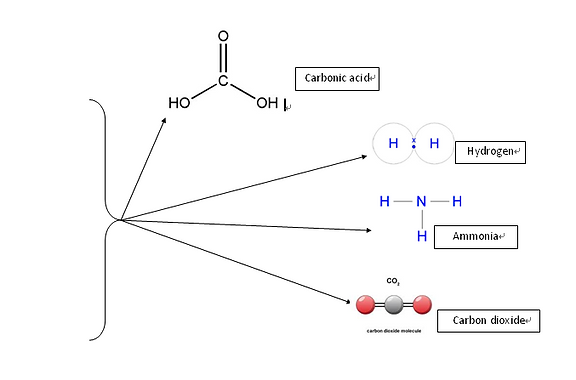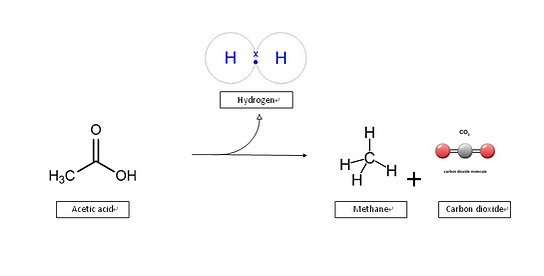
Environmental Biodegradable Additive
How EBA Works
The Mechanism of Biodegradation using EBA:
Biodegradable means the total breakdown of a product (by microorganisms) to something found in nature. Some industry individuals compare the biodegradation of a leaf or a tree to plastic.
Plastic is found around the world and is the by-product of making oil, plastics (or polymers) are made of long molecular chains of organic molecules called monomers. Polymers do not exist naturally and most are designed to be incredibly stable – as a result they do not easily biodegrade and will last in the environment for centuries and possibly forever. They are air-tight and water-tight.
EBA is a brand of organic additives which enhance the biodegradation of plastic products. The amazing benefit of EBA is that it converts the plastic product (which is very slow at biodegradation) and turns it into a biodegradable product that shows biodegradation 100-200 times faster than regular plastic products, through a series of chemical and biological processes ( aerobic and anaerobic degradation ) in a biologically active landfill. It allows the plastic to be consumed ( as a food energy source ) by the microbes.
-
FORMATION OF BIO-COATING
EBA Additive allows microbes to consume the C-C bonds within the plastic structures at a macromolecular level which results in the consumption of the bonds. This creates greater surface area on the plastic product, allowing plastophilic microbes to attach themselves within the “caves” of the polymer, rather than only on the surface.
This facilitates a rapid formation of a moisture-borne and microbe-rich biofilm on the surface of the plastic. EBA allows the acids / enzymes which microbes produce, activate the hygroscopic properties faster biodegradability of the plastic, which in turn allows for the softening of certain properties of the macromolecules in plastic.
-
EXPANSION OF THE POLYMER MATRIX
Aggressive accumulation of water expands the plastic matrix and gives the microbes access to the entire polymer matrix. The most likely points of attack on hydrocarbon polymers are near the chain ends.
-
BREAKDOWN OF POLYMER CHAINS BY HYDROLYSIS
Polymers are the chains of monomers, the process of breaking these chains and dissolving the smaller molecules into solution is called hydrolysis. Through hydrolysis the complex organic molecules are broken down into simple sugars, amino acids and fatty acids. Acetate, hydrogen and volatile fatty acids are formed in this stage.
-
CONTINUES BREAKDOWN BY ACIDOGENESIS & ACETOGENESIS PROCESSES
The second stage is acidogenesis, the biological process is further breakdown of the remaining components by acidogenic ( fermentative ) bacteria, with different types of microbes join the feast. Here the microbial process metabolizes hydrolyzed organic material into organic acids and hydrogen, carbon dioxide and other by-products.
The third stage of anaerobic digestion is acetogenesis. Here simple molecules created through the acidogenesis phase are further digested by acetogens to produce acetic acid, carbon dioxide and hydrogen.
-
FINAL BREAKDOWN BY METHANOGENESIS
The final stage of anaerobic digestion is the biological process of methanogenesis, this bio-degradable process of acetate molecules are converted into methane and carbon dioxide.
As individual polymer chains bio-degrade, biomass ( humus ), and biogases ( methane and carbon dioxide ) are left behind. The carbon dioxide produced in the intermediate steps is being consumed in each subsequent step; therefore, not much carbon dioxide is being left behind. The methane can then be captured for energy supplies.



